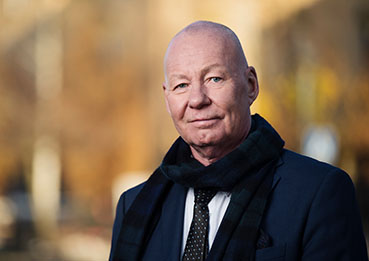I have had the opportunity to visit technical universities in both countries on a couple of occasions this spring and last year.
It is always difficult to compare the situation in different countries. The systems and conditions for universities differ so much that it is not possible to compare figures directly. But, despite this, we can still reflect on some of the differences between us.
In Switzerland, the state owns the buildings and the universities use them without paying rent, but on the other hand they have to pay for maintenance, renovation and new construction. Unlike the pretend market with huge profits for property owners that has been created for the provision of premises for Swedish universities, the system in Switzerland is based on a model where the universities are responsible for the actual costs of the properties.
In Sweden, universities are severely plagued by the current model where we not only pay the costs of property management, but are also forced to contribute to surplus profits and share dividends that go back to the state.
In the Netherlands, there is a well-developed cooperation between universities on the one hand, and between universities and the government on the other, which enables joint work on problem solving and development, for example in the work on responsible internationalisation or through the development of quality systems for higher education. We have good collaboration between universities in Sweden as well, but not really in a way that allows us to jointly shape solutions for the future with politics.
Switzerland and the Netherlands still have the system whereby a degree obtained at an earlier stage in the education system gives access to higher education. This is similar to the system of matriculation examinations that we had in Sweden until the late 1960s. Universities thus have no control over the number of students coming to the various programmes, but must accept all those who come – resulting in a high drop-out rate in the first year.
In Sweden, our system provides great opportunities to dimension and shape the supply strategically and in the long term within the framework of a relatively large autonomy for the universities. In comparison with Switzerland and the Netherlands, this autonomy is a major advantage.
However, what remains in the memory after the visits is the funding model. The majority of research is funded by basic funding and a smaller proportion by competitive grants – unlike the situation in Sweden – which means that academic staff have a more secure position.
Universities also receive one single funding for research and education, as opposed to the rather artificial division into two separate grants that we have. In addition, the funding levels are much more generous than in Sweden.
What is most important, however, is that we have developing co-operation and exchanges with our friends in both Switzerland and the Netherlands. Together, we can help solve the problems of the future through both research and education. After all, even if the systems are different, we find many opportunities for co-operation through jointly formulated research questions.


No comments yet. Be the first to comment!